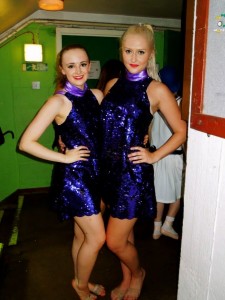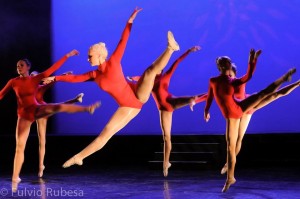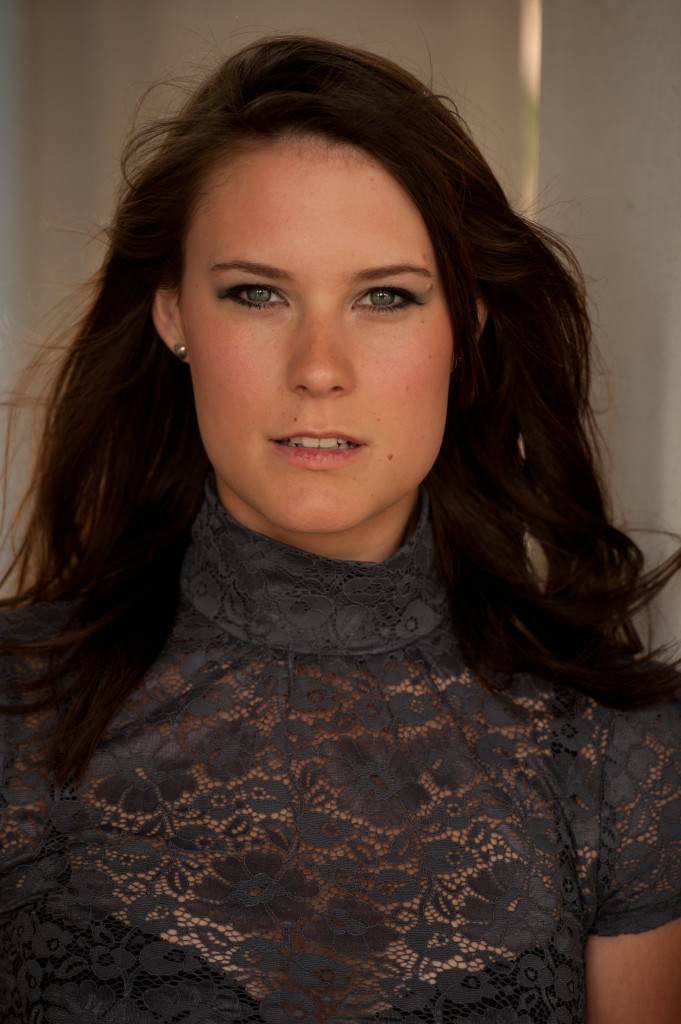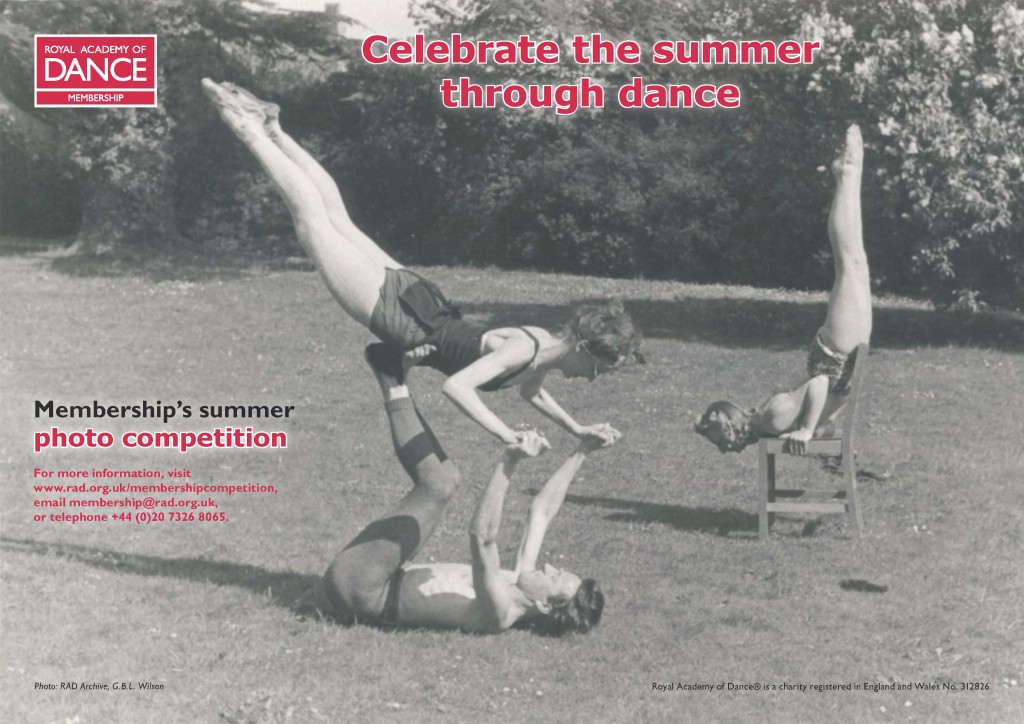3. What is the hardest part about dance for you?
Student Spotlight: Lorian Kurzweil

Assistant Editor Jessica Wilson interviewed dance student Lorian Kurzweil for us to learn more about her journey in dance…
1. Can you tell readers how you became involved with dance?
I first asked my parents if I could have dance lessons when I was about 4 years old, because I was jealous of my friends who got to change into their pink leotards and walk across the road from my nursery to our local dance school. I started off with Ballet and Tap and immediately loved learning with my new friends and teachers. As I grew up I joined Modern and then Jazz classes too, always motivated by the idea of working my way up through each exam. I loved watching the older girls in higher grades; I thought they were absolutely amazing and wanted to be just like them.
2. What do you find you like best about dance class?
I love the buzz it gives me to feel I am improving my performance each week. If you push yourself to always work hard, you are the one who is going to benefit from it and feel stronger the next time you try something. I also love how I can completely zone out during a dance class, forgetting anything else I might be worrying about.
3. What is the hardest part about dance for you?
Overcoming limitations has always been quite difficult for me, whether it is to do with physique/facility of my body or general confidence in class. However, passing exams has always been a reassurance that if you work hard enough, you will be able to achieve your goals, which is an invaluable lesson.

4. What advice would you give to other dancers?
At every dance environment I have experienced–be it at my childhood dance school, local ballet company, university and so on–it has always struck me how low self-confidence can hinder your overall dance performance and ability. If you’re hung up on your body or don’t believe in yourself, it can really prevent you from being as good as you could otherwise be.
Whenever I have come across a dancer who is comfortable in their own body, they seem to be able to focus on what is important and reach their full potential in dance. My advice would be that you should never simply accept your physical limitations and give up: I truly believe that, with enough practice, you can overcome them and achieve amazing things. You should never stop yourself from trying for something just because you don’t think you’re good enough! I learnt this after I spent many months beating myself up about my ballet, which I realised was silly after passing my Advanced 2 exam!

5. How has dance changed your life?
Dance has brought an incredible amount of new and inspiring people into my life, some of whom I know will be lifelong friends. Looking back on the years I spent at my little dance school in Brentwood, England, I can safely say that I had the time of my life. It has also taken me into a new career at the Royal Academy of Dance, which I never would have imagined I’d be capable of. I now know that I am going to dedicate my future to bringing the joy of dance to as many students as possible!
BIO: Lorian Kurzweil is currently studying at the Royal Academy of Dance in London for a BA in Ballet Education. She is in her first year at the RAD and has previously danced with The Chelmsford Ballet Company, an amateur company which prides itself on its professional standards.
Some Thoughts On Dance Writing…
by Jessica Wilson

Being invited back to university to co-present a lecture on Dance Writing was an honour indeed, particularly because I am hugely passionate about writing, and the institution itself. Whilst preparing my material, such as my journey into and through dance writing, writing whilst at university and then in addition to my role at the Royal Academy of Dance, some points struck me as particularly useful for the undergraduate, which I had not consciously registered, previously.
It became clear, as I considered what would be useful for the third year students at Middlesex University to hear, that it was important to sell your skills as best you can when pitching for dance writing. Opportunities do not always knock, so I advocated the importance of both seeking out and creating your own opportunities rather than waiting for them to emerge. In this sense I felt it was important to offer your writing skills at every possible moment by getting involved with work experience or new dance projects, enabling the art of networking to evolve and increase. However, I also considered that it was not wise to rely on networking for opportunities, or even work: confidence to push yourself and your skills forward is key to writing success.
Something which comes with experience was the act of adapting to many different people and their requirements, being flexible and reliable as a writer to deliver work on time. Different editors of different publications and websites require different lengths of copy, for different target audiences, on different topics and issues, and so on. I felt it was important to relay to the students that in those early writing days, it is paramount that you do not become lazy as a writer and assume that one method works for all. This is, I believe, parallel to the fact that the same covering letter cannot be used for all job applications for example, which is, essentially, what pitching is.
I feel the most important part of dance writing is keeping up-to-date and informed about the dance sector and its ‘goings-on’, in order to retain the passion for dance as a whole, be your interest in technique, performance, academia, and more! To be able to provide context for your work and where it sits in the dance sector demonstrates interest, insight and a reasoned approach, being able to appreciate and respond to the many strands which make up the sector, with the knowledge to do so effectively and accurately. This will mean that you are constantly learning and informing your opinions, especially if you are able to regularly see new dance work, experiencing the sector first hand and ultimately expanding your knowledge.
Win an iPad with the RAD!
The Royal Academy of Dance are running a summer photo competition: RAD Members & Friends can send in their photos showing how they are celebrating the summer through dance, either individually or in a group.
First prize is an iPad, with other great prizes on offer too. Entrants should visit www.rad.org.uk/membershipcompetition for details about how to submit their photo. Entries must be received by the closing date of 31 July 2012.
To enter you must be an RAD Member or Friend – RAD membership benefits include: receiving the RAD flagship publication, Dance Gazette, discounts on RAD Enterprises purchases, priority bookings for international events and access to the exclusive ‘Members’ Area’ of the RAD website. For more information about becoming a Member or Friend of the RAD please visit www.rad.org.uk/membership
A Studio Director’s Change Of Heart: Why Ballet Exams Work
by Risa Gary Kaplowitz
I would have never thought that I would one day espouse the idea of examinations for the ballet students at my school. Certainly the studio in which I grew up, Maryland Youth Ballet, has produced dozens of professional dancers, and they never presented their students for exams. And weren’t the students at my own studio thriving and going on to pursue their own careers without ever having taken an exam?
I am far from the only studio director to have disregarded exams. Even as ballet exams are relatively common in Europe, especially at the world’s major ballet schools with their own training systems in Russia (Vaganova), France (Paris Opera Ballet), Italy (Cecchetti), England (Royal Academy of Dance, also known as RAD), and Denmark (Royal Danish Ballet), most American ballet schools, which generally offer a potpourri of the above curriculums, do not offer graded evaluations to their students.
An example of a typical American ballet teacher’s reaction to exams can be found in my thoughts several years ago, when I witnessed Paris Opera Ballet School students prepare for their exams (a perk of being a former famous ballerina’s business partner at the time). The students were going from one combination to another, which they had memorized.
At the time, my thoughts were thus: Didn’t we American ballet instructors need to keep our impatient students happy and their aversion to boredom at bay? And didn’t American ballet students need more diversity in their ballet classes than simple preparation for an exam in order to be prepared for an American ballet company where they could be dancing a Petipa variation one minute and a Nacho Duato piece the next?
This video shows young Vaganova Ballet Academy students’ incredible clarity. Surely this type of regimented single-curriculum training system couldn’t be possible in an American studio with varying body types and skill levels.
Or could it?
Enter American Ballet Theatre’s National Training Curriculum, which offered it’s inaugural training sessions to ABT alumni dancers in 2007. For the simple reason that ABT was my favorite company, I was curious enough to start to nibble on the ballet curriculum bullet. However, I never gave serious thought to presenting my students for exams, which were an optional part of the ABT training system. [Read more…]






